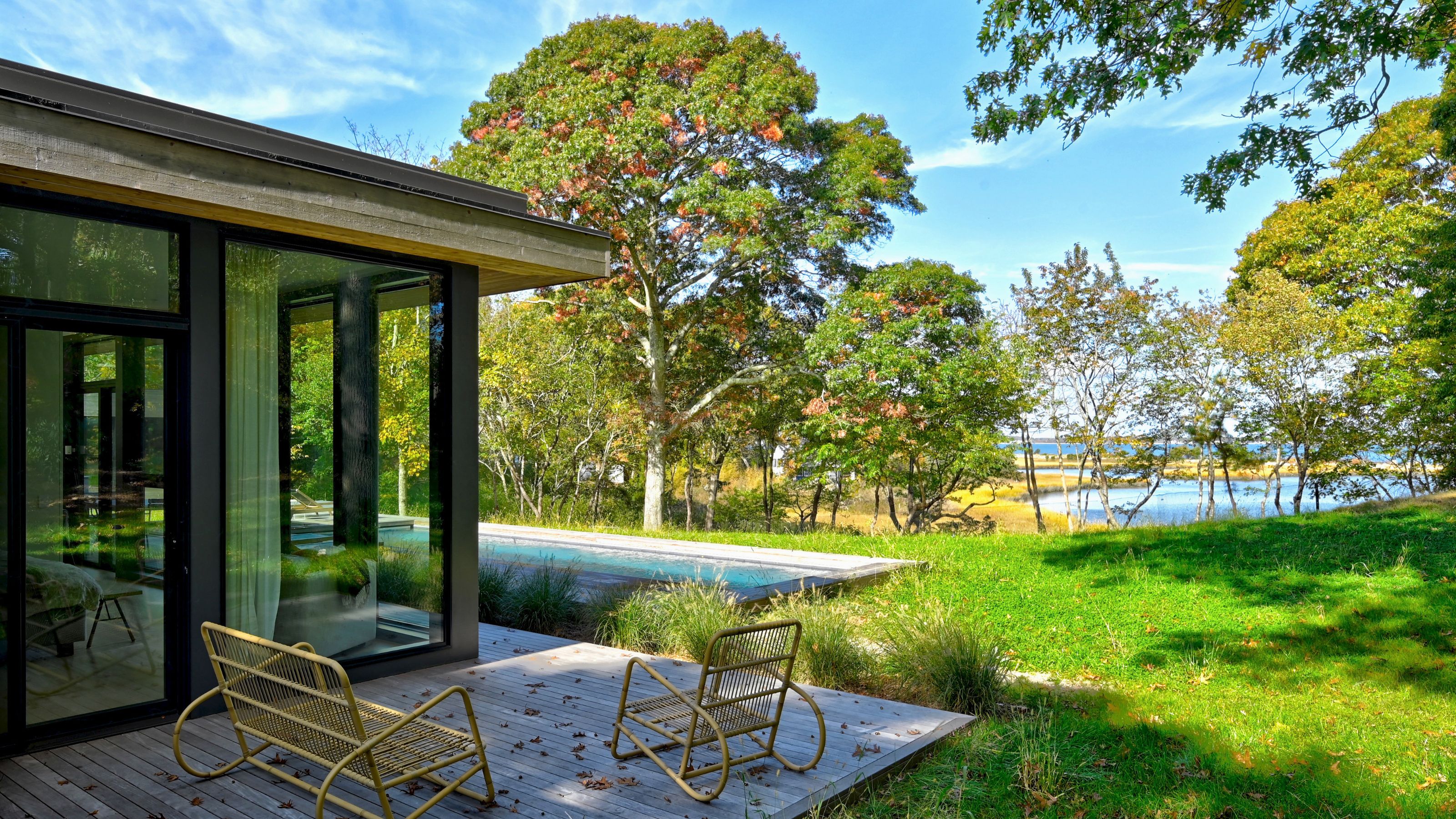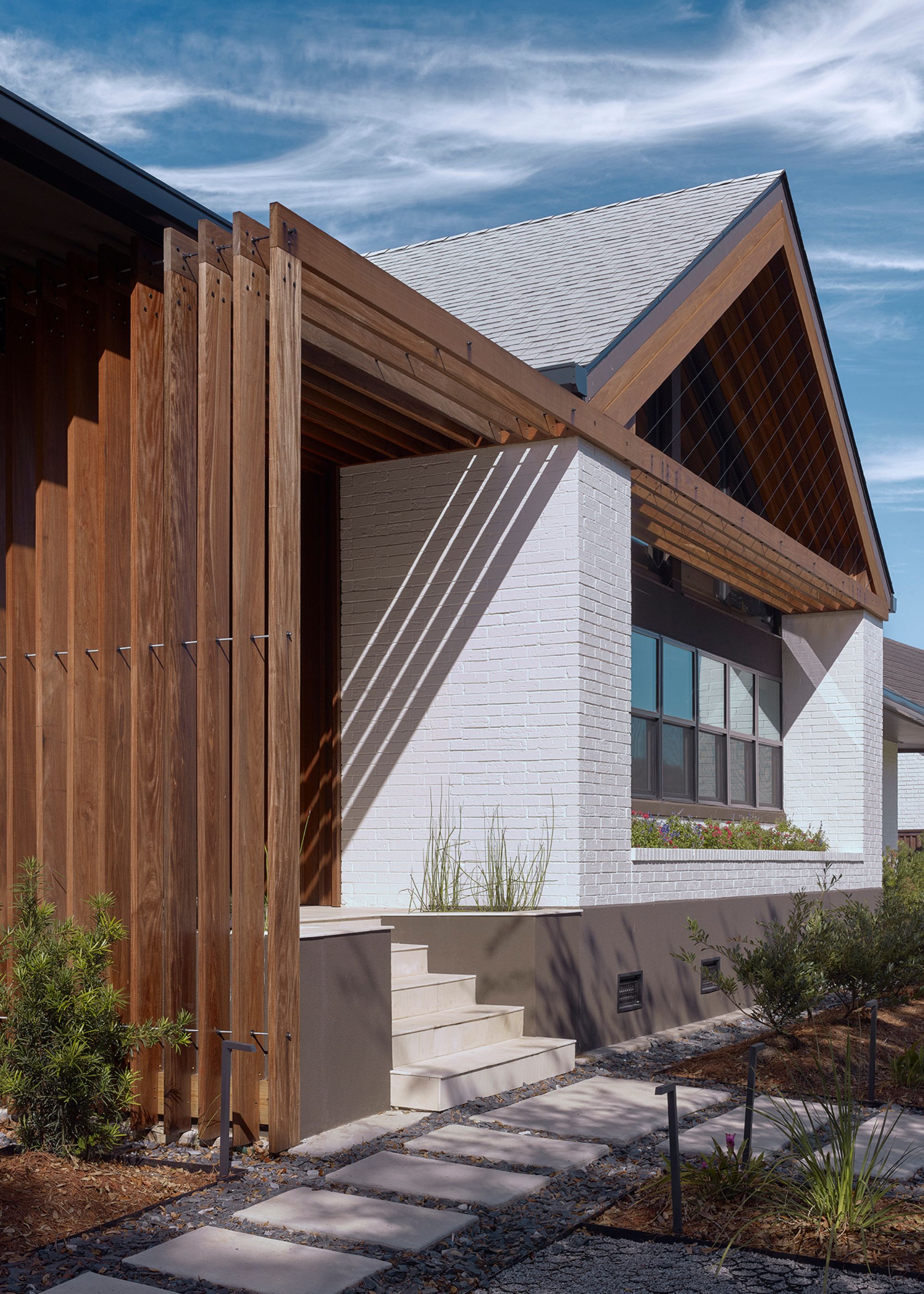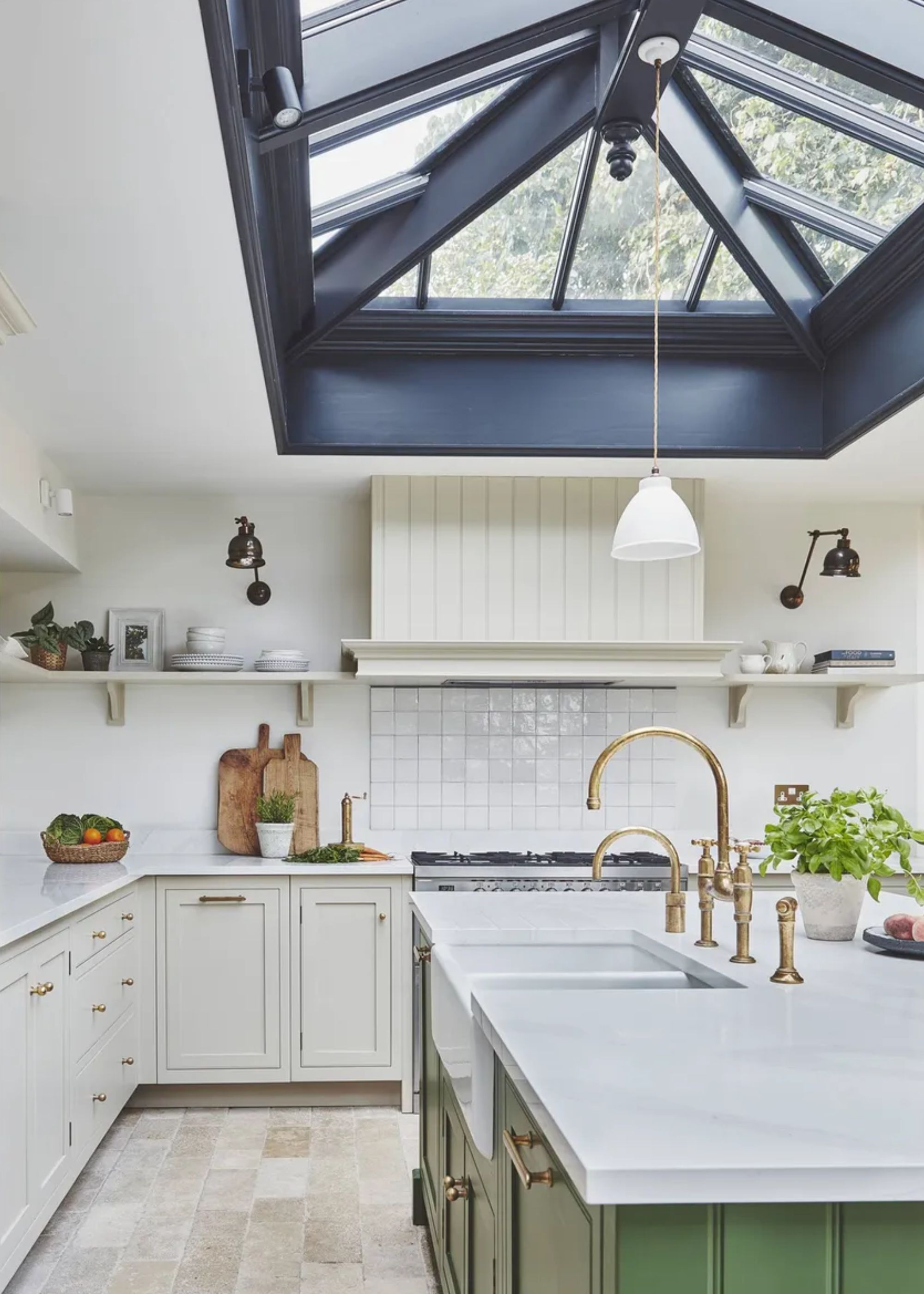
The size and shape of an extension is a balancing act. For the new space to interact in harmony with the existing house, you will need to consider form, cost, and practicalities. The roof style in particular has a large impact on an extension — so should you choose a pitched or a flat roof?
Whether you're looking for kitchen extension ideas or general inspiration for extending your home, they will vary depending on the house and designer. A contemporary flat-roofed addition to a historic home might be the perfect extension idea, while a pitched roof that complements a certain style or tradition might be the better option for another.
So, we can't give you a quick answer as to which is right for you. Pitched roofs can be more impressive, dynamic and offer a better relationship with natural light, while flat roofs may feel more contemporary, are easier to construct, and therefore cheaper.
To make your best-informed decision, here's everything you need to know about flat versus pitched roofs.
Flat Vs Pitched Roof Extensions: What's the Better Option?

Both styles of roofs have benefits and negatives and the best design will depend on a multitude of factors, from budget and maintenance to house design and location.
"So how do you decide what works best for an extension? The existing house is a huge factor. If your home already has a pitched roof, adding a flat-roofed extension can work, but it has to feel intentional like it was forced — and it might just look awkward," explains Matthew Coates, president and principal architect of Matthew Coates Architects.
"On the other hand, if your home is already modern, a flat roof blends right in. You also have to think about proportions. If the extension is too big or too different from the original house, it can throw off the whole balance," he continues. "Also, if you live somewhere with heavy snowfall or you are in the middle of a forest, a flat roof might not be the best choice unless it’s specifically designed for that kind of load and that much debris. Personally, I would avoid putting a flat roof in the middle of the forest but I wouldn't hesitate designing one for a more open site with less risk for debris."
"Flat roofs are typically more cost-effective to construct as they require few materials and much less labor time in comparison to pitched roofs," advises Michael Feazel, CEO at Roof Maxx. "Flat roofs are also great if you live in a region where you can make use of the flat roof (rooftop pools, rooftop gardens, solar panels, outdoor living areas)."
In terms of longevity, a pitched roof with tiles will have a longer lifespan (around 50-90 years) while a flat roof finished with traditional EPDM rubber will be much shorter and require recovering every 20-30 years, depending on the climate conditions. However, more modern extensions are using zinc or aluminium to finish a flat roof, both of which will last at least 50 years, if not far long, in the case of zinc.
For interior design, both roof styles offer great benefits that might be most impacted by the extension's function and the atmosphere desired. Pitched roofs can be vaulted (where the ceiling line follows the pitch apex), which is a great way to decorate a ceiling by creating drama and volume in a kitchen-diner. Flat roofs, however, offer the opportunity for a roof lantern to introduce extra natural light — perfect for a sitting area or workspace.
Flat roof pros:
• Modern design
• Potential for solar panels or green roof
• Cheaper
Cons:
• More maintenance
Pitched roof pros:
• Better with snowy/wet weather
• Longer lasting
Cons:
• More expensive
If we had to make a call? You'll get more bang for your buck from a flat roof extension, and it's likely more adaptable to more kinds of homes. A pitched roof extension is a great choice for an extension that you want to feel light, airy, dramatic, however, and for something like a side return extension, a sloped roof can give a little more dimension, without necessarily costing more to your build.
Is a Flat Roof Extension Cheaper Than a Pitched Roof in 2025?

It's important to have a budget in mind when looking at pitched and flat roofs. "When it comes to cost, a pitched roof is usually going to be a little bit more expensive but not by much," says Matthew Coates.
Matthew adds: "This is due to: more materials, more labor, and just a tad more complexity in general. Flat roofs are simpler, easier and cheaper to build so they tend to be slightly less costly overall than a pitched or sloped roof structure."
FAQs
What Is the Best Type of Roof for an Extension?
"Any additions or extensions of an existing house should have a strong relationship to the original design and form," comments Maura Trumble, principal at architecture firm, CCY Architects. "That doesn’t mean that the extension must be the same; in fact, contrasting a more traditional form with a modern porch or addition can often create a design solution that is quite successful."
Maura continues: "Form should usually follow function – think first about the spaces you are trying to create, what their purpose is, and what you want them to feel like — and then think about what roof form would best create that type of space. Then look to the existing structure to inform proportions, details, and materiality."







